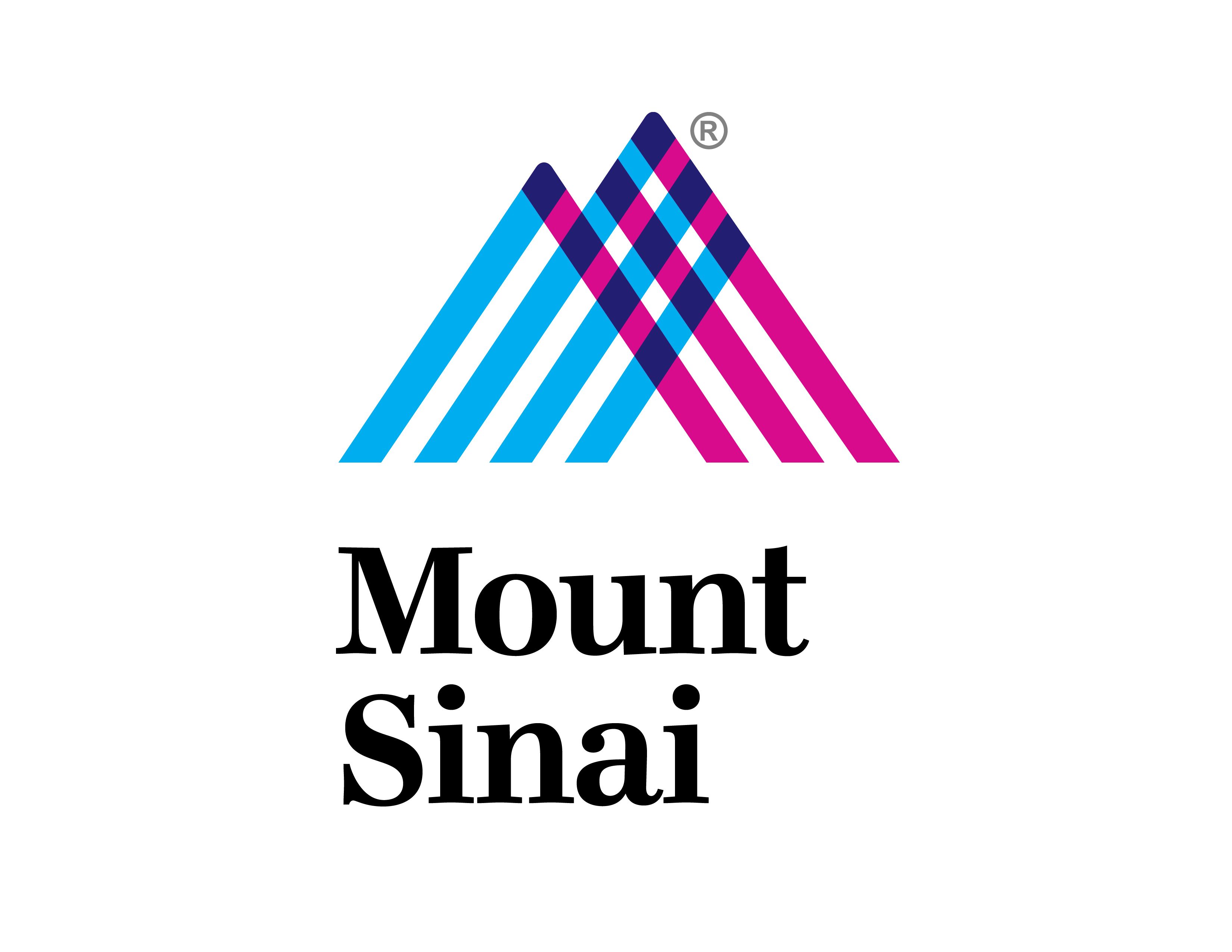
OR WAIT null SECS
Emma Guttman, MD, PhD: Abrocitinib Impacts Atopic Dermatitis Biomarkers
The Icahn investigator discusses her team's new EADV 2022 data on the JAK inhibitor.
New data presented at the European Academy of Dermatology and Venerology (EADV) 2022 Meeting showed JAK inhibitor abrocitinib (CIBINQO) provided significant benefit for reducing inflammatory biomarker levels versus placebo in patients with atopic dermatitis.
The data, reported by study author Emma Guttman, MD, PhD, System Chair of The Kimberly and Eric J. Waldman Department of Dermatology and Director of the Center of Excellence in Eczema and Laboratory of Inflammatory Skin Diseases at Icahn School of Medicine, highlight the recently-approved agent’s effect on key indications of inflammatory disease over a short period of time. They also show an impact from both available dose regimens of abrocitinib versus placebo.
In an interview with HCPLive during EADV 2022, Guttman discussed the new findings and their implication for prescribing strategies against atopic dermatitis.
HCPLive: Could you tell me more about the new data on abrocitinib for treating key biomarkers in atopic dermatitis?
Guttman: This is the first study in analyzing the mechanism of action of abrocitinib. It's an oral JAK-1 inhibitor, and this study was analyzing the mechanism of action of 100 mg or 200 mg abroctinib and placebo for 12 weeks—very similar to what they did in the phase 3 study. And this study actually showedvery good data in terms of the mechanistic work, but also actually in terms of the clinical work. The data on EASI 90 and EASI 75 is quite remarkable even though it's a smaller number of patients than other studies.
But it's very clear-cut, both EASI 90 and 75, there's very nice differences between drug and placebo—and also a nice dose response between the 200 mg and 100 mg arms as we anticipated. It also showed a very large separation. The beauty of mechanistic studies is that you expect to see larger differences when you do biomarker studies. With the best investigators, there is still some subjective nature of evaluations in terms of the clinical responses, but biomarkers don't lie. It's very objective, what you see in the skin.
So we did see a very large differentiation between the drug and placebo, and for both doses. And when we zoomed in, we were able to see which biomarkers are more modulated by adversity. So for example, we found that the S100 proteins are highly modified by abrocitinib, but also TH2 biomarkers are important also in atopic dermatitis and were also highly modulated by abroctinib.
Expanding a little bit more on our clinical evaluation of abrocitinib relative to what's available in the field, could you expand on what we're hoping it provides as a unique component of treatment for atopic dermatitis?
Guttman: Abrocitinib has a very quick onset of action. And for some patients, this is very important. You have these patients that already want to get better in a few days, they don't have the patience to wait. So that is achieved with abrocitinib, a very fast mechanism of action. And also, you can achieve most of the response in 4 weeks, which again is important for patients that don't want to wait 16 weeks that happens with many other drugs. And already by week 12 you'll see very good EASI 90 responses.
So, definitely fast responses, very robust responses. And also in tissues, we saw a very large modulation of important immune access to atopic dermatitis like the type 2 and interleukin 22 pathways with abrocitinib.
In terms of follow-up assessment and future endeavors with regard to abrocitinib, what more is your team looking to learn?
Guttman: We are hoping to also do some correlation assessments between clinical efficacy and biomarkers, and also some blood assessments as well, so that we complete the picture. But we are very encouraged about the robust efficacy, both clinically and with the biomarkers that are associated with abrocitinib—and not only the 200 mg dose, but also the 100 mg because patients not always will need the 200 mg dose. It's possible that the 100 mg dose may be enough for some patients. So it's nice to see that both doses have very robust molecular responses in the skin.



